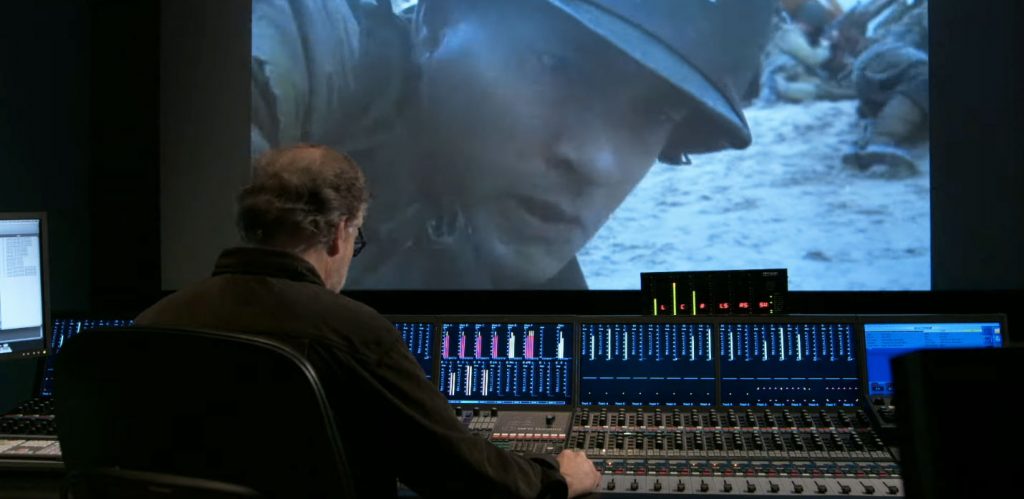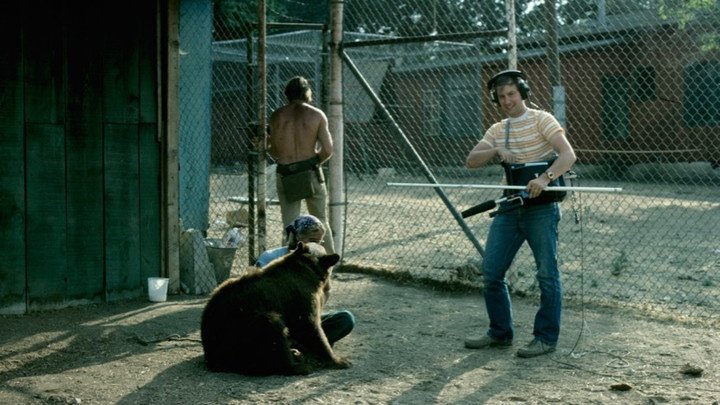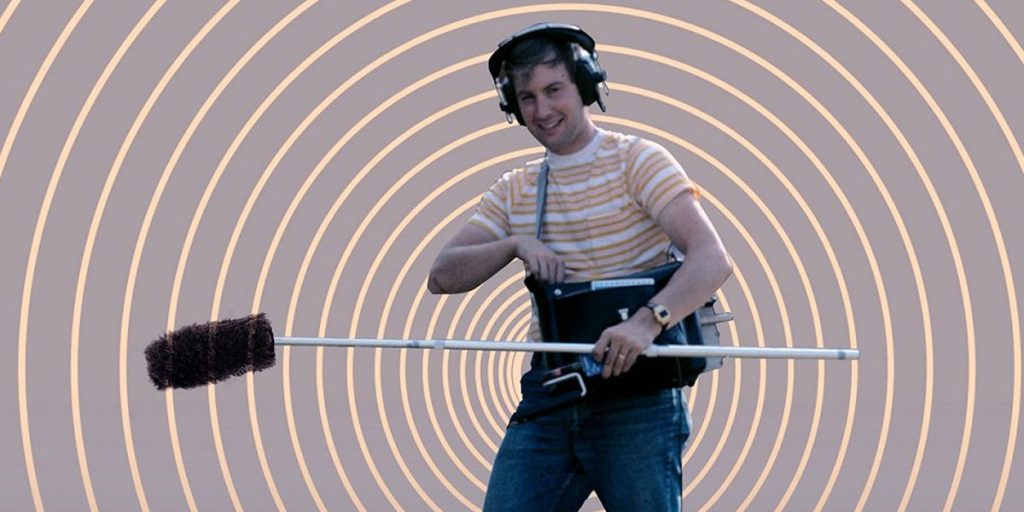Midge Costin’s Making Waves: The Art of Cinematic Sound is a celebration of creativity and a must-see for any movie fan.
Where did Chewbacca’s voice originate from? How were lion roars and monkey screeches incorporated in Top Gun? And why did Steven Spielberg fall off his chair when he heard the sound of the T-Rex for the first time? The answer to these and many more intriguing questions can be found in Making Waves: The Art of Cinematic Sound, Midge Costin’s impressive directorial debut about a side of the industry that is as overlooked as it is incredibly important. And it only takes a few minutes of footage to understand just how essential this “illusionary art” really is to a movie: sound is what gives rhythm to chaos, and what lets us know just how real what’s happening on the screen is. It’s the “life raft that gives you something to hold onto” when you’ve lost all hopes, and it’s a window into the characters’ minds that lets us know exactly what they’re feeling. Sound is pure emotion, and so is Making Waves.
“The whole Apocalypse Now Experience was like dropping acid”
Richard Beggs
Making Waves: The Art of Cinematic Sound is so much more than a documentary. It’s an intriguing journey through time that tells us about the most important milestones in movie sound history by letting its key players speak. This celebration of the power of sound in storytelling finally gives the right importance to the “men behind the scenes” – those who get to create magic for a living but also face enormous challenges on a daily basis. And not only is Making Waves a valuable source of knowledge for film scholars everywhere: it’s also an insightful, endearing, hugely enjoyable adventure that makes you emotional with the right amount of curiosities and scenes from your favourite movies.
From widely referenced classics like The Godfather, Citizen Kane, Apocalypse Now, King Kong and Gone with the Wind to recent successes such as Titanic, Skyfall, Mad Max: Fury Road and Lost in Translation, Making Waves: The Art of Cinematic Sound has something for film lovers of all kinds. There are interviews with George Lucas, Steven Spielberg, David Lynch, Barbara Streisand, Ang Lee, Christopher Nolan, Sofia Coppola and Ryan Coogler and there are entertaining anecdotes involving pretty much anything and anyone, from Orson Welles to The Beatles and bears dubbing wookies. Together with behind the scenes clips that date back to the 1950s, clever quotes that will make you think and plenty of unbelievable stories that will make you appreciate this “hidden” art even more.

It’s not easy to be a sound designer these days. This profession is becoming increasingly challenging, not only for the stress involved and the time spent on the job, but also for the lack of recognition: even within the industry, not many people are aware of how significant sound designers’ contributions have been. Making Waves introduces us to the people who revolutionised sound, such as multi-Oscar winners Walter Murch (Apocalypse Now), Ben Burtt (Star Wars), Gary Rydstrom (Saving Private Ryan) and Alan Splet (The Elephant Man), and shows us the impressive developments that originated from their collaboration with the directors they worked with – Francis Ford Coppola, George Lucas, Steven Spielberg and David Lynch.
Yet, as highly informative as Making Waves is, it’s the emotional aspect of the film that impresses the most. Not only does Midge Costin’s documentary flow just as well as the “waves” it is about, but it has the same ability of making us feel. It warms our hearts with behind-the-scenes looks, such as an endearing clip from Singin in the Rain, and it brings us back to a different time and place – in the best cinematic tradition – in the most unexpected way.
And so Orson Welles, Christopher Nolan and Robert Redford appear, followed by iconic scenes from our favourite classics. A clip from Jurassic Park comes up, and we can’t help smiling. George Lucas tells us about his THX1138 and we marvel at the way it all came together. John Lasseter, Steve Jobs and Ed Catmill appear, the most beloved lamp in the world fills our screens and our inner child takes over. Hans Zimmer comes next, and we are hit by a new wave of memories when we hear about his work on Inception. But just when we have finally managed to get it together, Robin Williams appears, whispering “Carpe Diem” in one of the most memorable scenes from Dead Poets’ Society, and we get teary all over again. By the time R2D2 and C3PO show up for Ben Burtt’s acceptance speech at the Oscars, accompanied by Star Wars‘s familiar score, we are an emotional wreck.

“Star Wars was a revolution. It was that soundtrack that changed everything.”
Tomlinson Holman
But that’s what film sound is all about. It’s what makes a scene feel real, and what gives it meaning. It’s what makes us tense and warms our hearts, and what gives us goosebumps with a few familiar notes. Sound is what adds emotion to the images, and Midge Costin’s directorial debut is the perfect way to celebrate this important art form. Both informative and hugely enjoyable, Making Waves: The Art of Cinematic Sound is a love song to cinema and a must-see for any movie fan.
Making Waves: The Art of Cinematic Sound premiered at the Tribeca Film Festival in April and is now available to watch on digital and on demand. Visit Making Waves’ official website.

